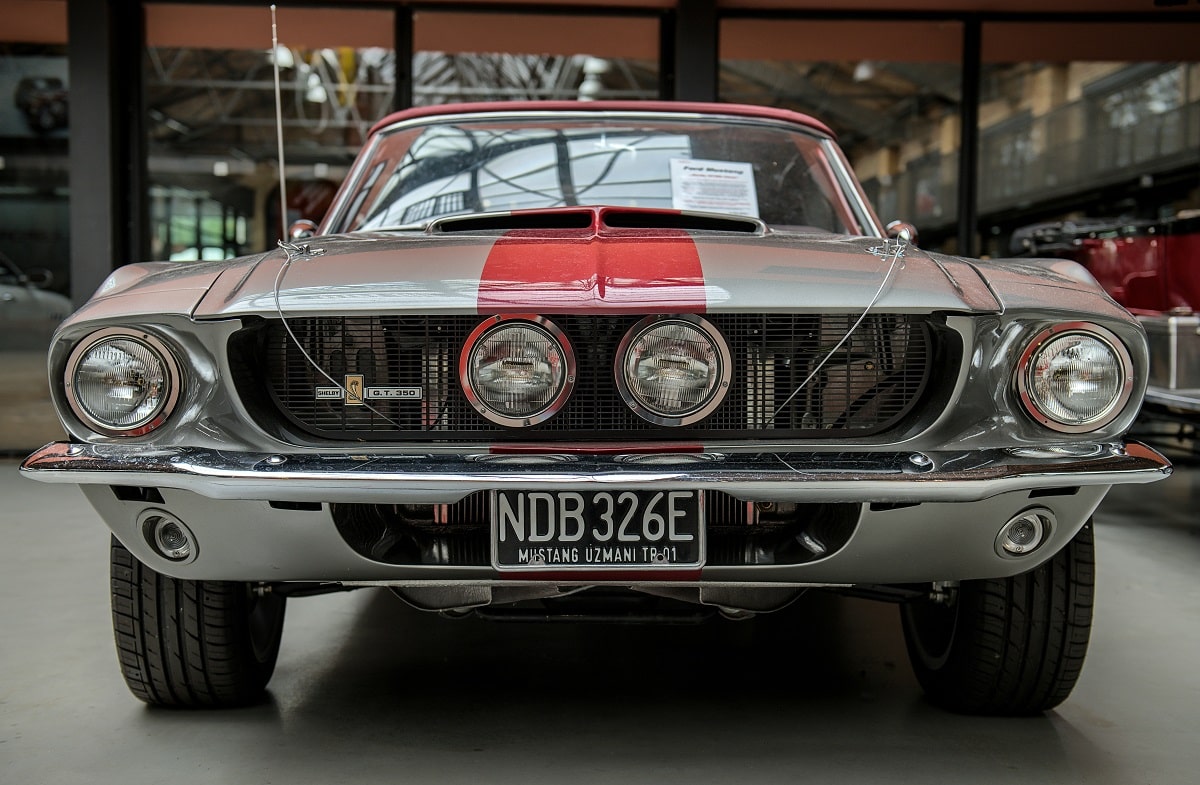1
HOME > Cars >
HOW TO PURCHASE AND FIT REPLACEMENT NUMBER PLATES TO YOUR CAR
Written by Menswear Style in Cars on the 15th February 2024

Whether you’ve just bought a new car or are looking to refresh your current vehicle with a personalized touch, understanding the process of purchasing and fitting replacement number plates and finding the correct number plate maker is essential. This guide will walk you through the steps involved, from choosing your plates to fitting them onto your vehicle, ensuring you comply with UK regulations every step of the way.
Understanding the Basics
Before diving into the process, it's important to understand that in the UK, number plates are not just about aesthetics; they follow strict regulations set by the Driver and Vehicle Licensing Agency (DVLA). These regulations cover everything from the size, font, and layout of the plates to the materials used to make them. So, when considering replacement number plates, ensure they meet the DVLA’s requirements.

Step 1: Determine Your Need
The first step is to identify why you need replacement number plates. Is it for a new car, a personalized registration, or are your current plates damaged or faded? Your reason will dictate the process to follow, especially if you're looking to acquire a new personalized registration mark.
Step 2: Purchase Your Number Plates
For Standard Registrations
If you're replacing standard plates, you can easily purchase new ones from a registered number plate supplier. The UK has numerous suppliers, but it's crucial to choose one that’s DVLA-registered to ensure your plates meet all legal requirements.
For Personalized Registrations
Purchasing a personalized registration is a bit more involved. You can buy directly from the DVLA through their auctions or from private sellers. Once you've acquired your entitlement to a new registration, you'll receive a V750 certificate of entitlement or a V778 retention document, which you'll need when ordering your new plates.
Documentation Required
To purchase number plates, you must provide the registered number plates supplier with proof of identity (like a driving license or passport) and proof of entitlement to the registration number (V5C log book, V750, or V778).
Step 3: Choose Your Plate Design
When ordering your plates, you'll have options concerning the design, including the font, the flag you might want on the side, and the border. Ensure your choices comply with DVLA regulations. For example, the Charles Wright font is mandatory, and the plate must be made of a reflective material.

Step 4: Fitting Your Number Plates
Tools and Materials Needed
- A drill (if you're using screws)
- A screwdriver
- Number plate adhesive pads or screws and caps (choose based on your preference)
- Cleaning materials
Preparing the Vehicle
Remove Old Plates: If replacing old plates, carefully remove them. If they're screwed on, unscrew them. If they're attached with adhesive pads, heat them slightly with a hairdryer to loosen the adhesive before gently prying them off. Clean the Area: Clean the surface where the new plates will go. Ensure it's dry and free from dirt and grease for a strong adhesive bond or to ensure screws can be fitted cleanly.
Attaching the New Plates
- Adhesive Pads: If you're using adhesive pads, apply them evenly across the back of the plate, ensuring you use enough to hold the plate securely. Then, press the plate firmly against the car.
- Screws: If using screws, align the plate with the existing holes or mark where new holes need to be drilled. Carefully drill the holes if needed, then screw the plate onto the vehicle, using caps to cover the screws for a neat finish.
Final Checks
Once fitted, give your plates a final check to ensure they're secure and correctly aligned. It’s also a good idea to check them periodically for wear and tear.

Legal Considerations
Remember, your number plates are your vehicle’s identity, and incorrect or illegal plates can result in a fine. Always ensure your plates:
- Are correctly formatted and spaced according to DVLA regulations.
- Do not have any illegal customization that could obscure the letters or numbers.
- Are kept clean and legible.
Conclusion
Purchasing and fitting replacement number plates can rejuvenate your vehicle's appearance or add a personal touch with a customized registration. By following the steps outlined above and ensuring compliance with DVLA regulations, you can enjoy a smooth process from start to finish. Remember, the key to success lies in choosing the right supplier, accurately following the fitting instructions, and adhering to legal requirements to keep your vehicle road-legal and looking its best.
Trending
2
3
4
5
6
7
8
9
10









